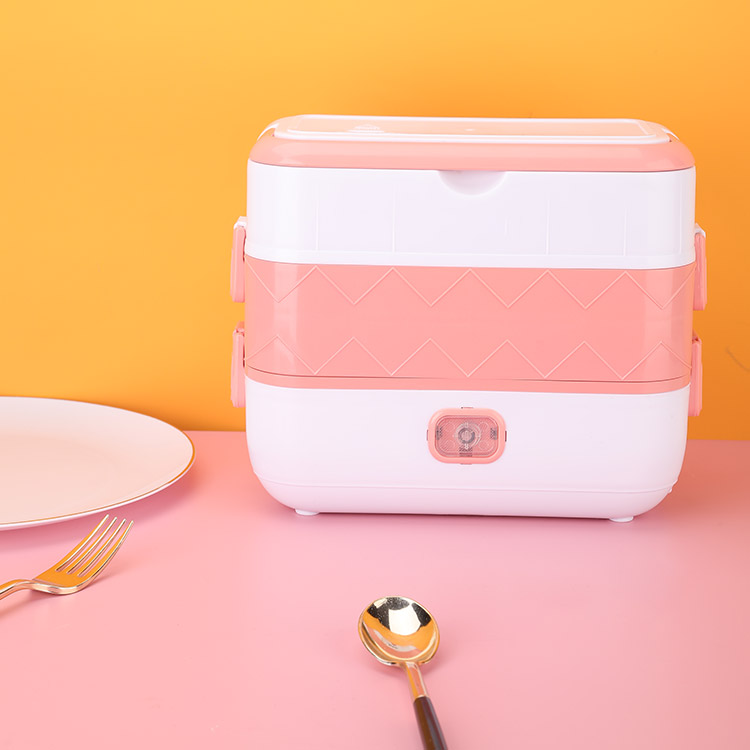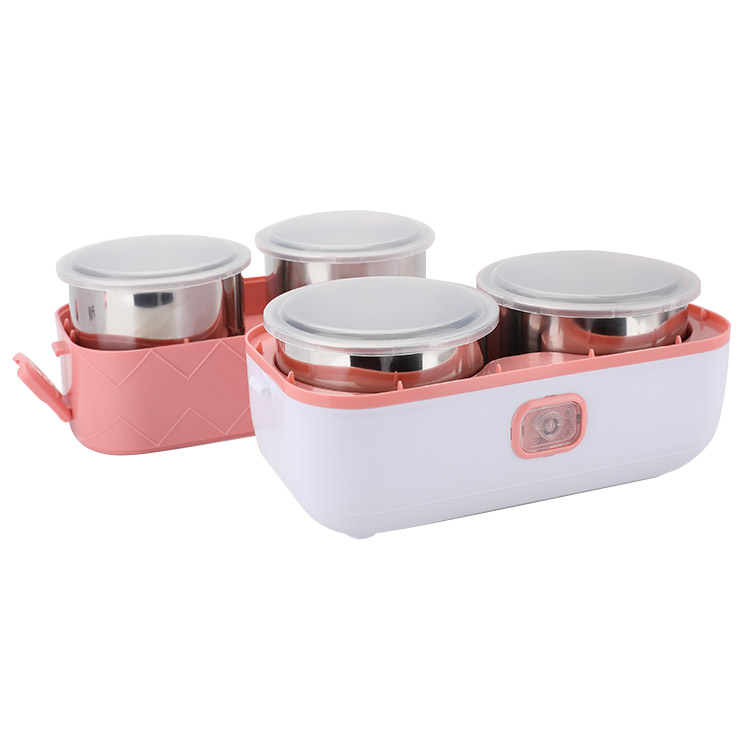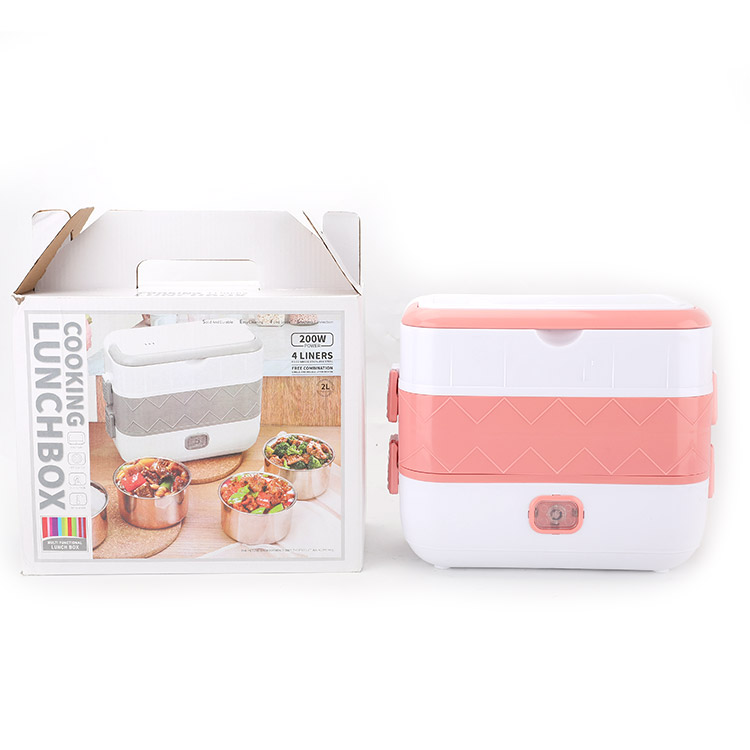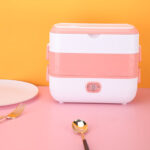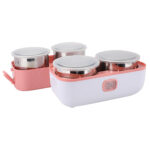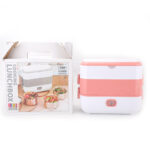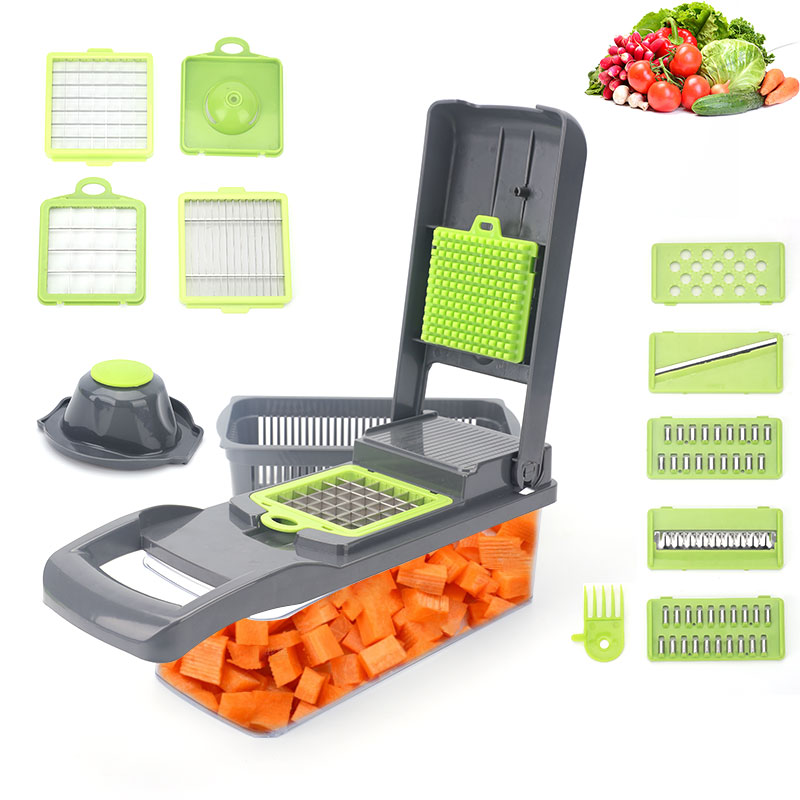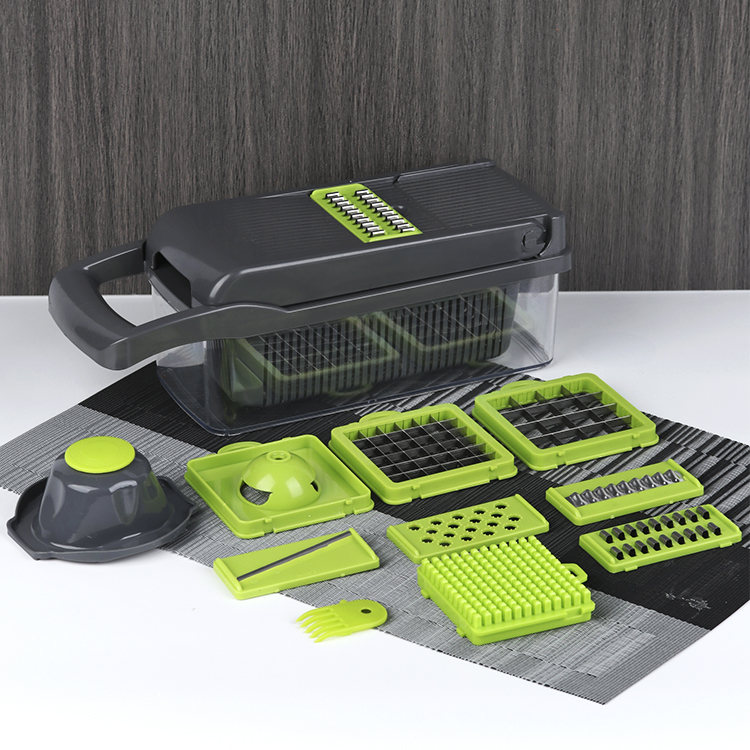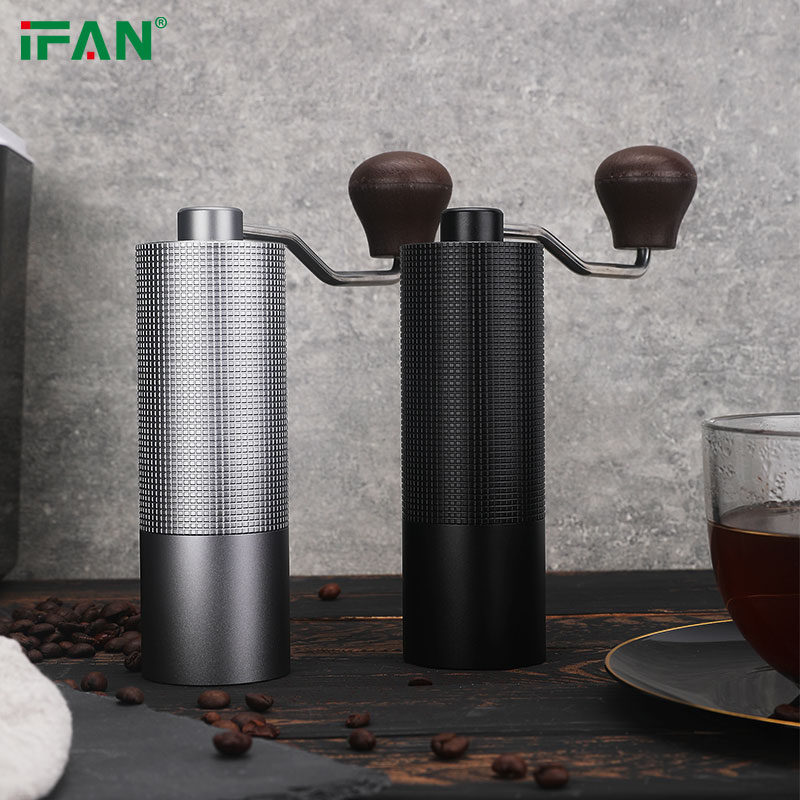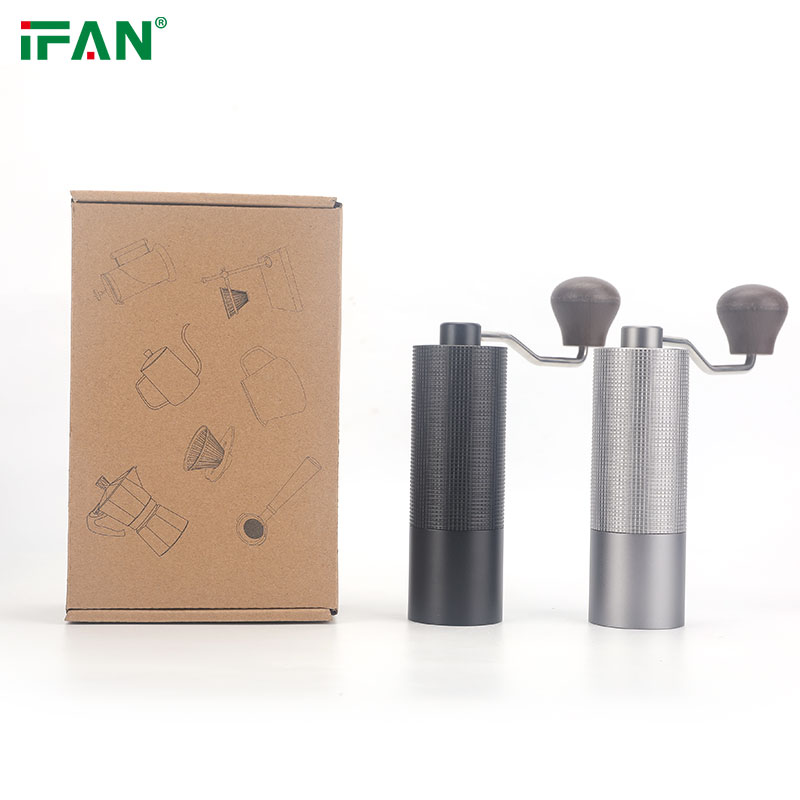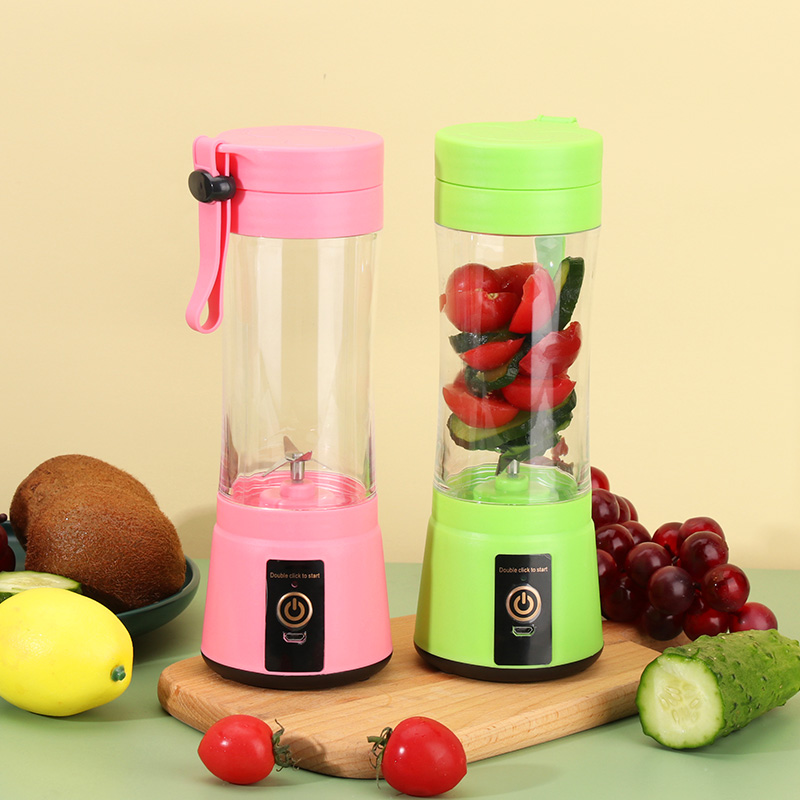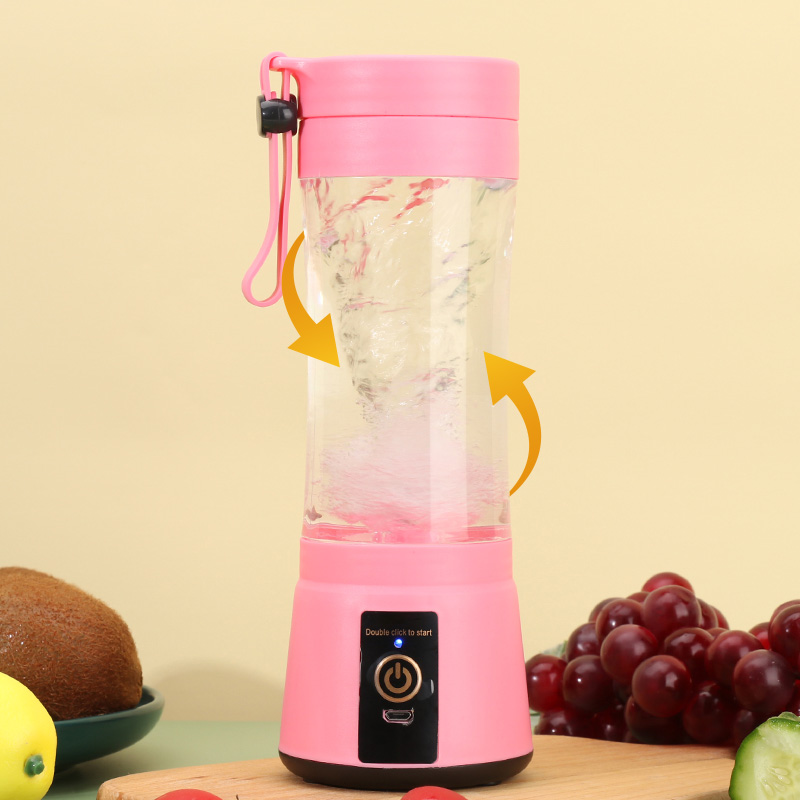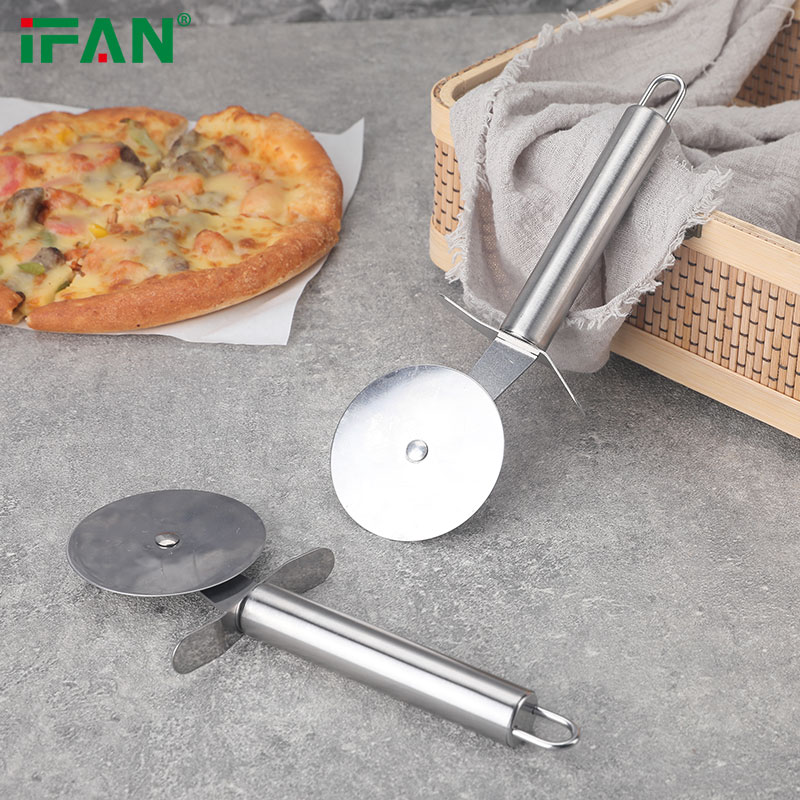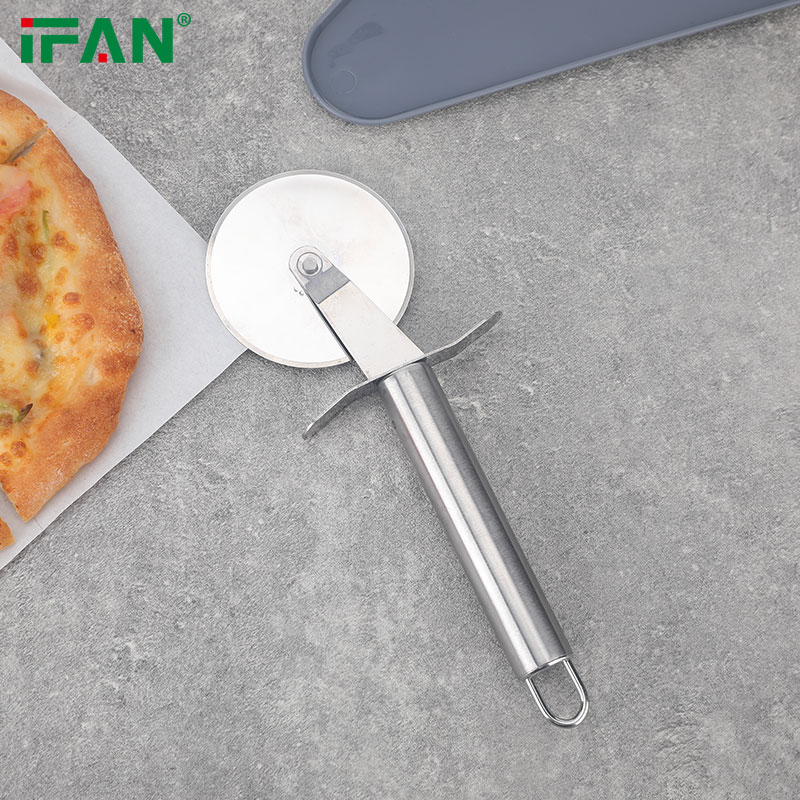Bento Boxes: A Culinary Tradition
The bento box, a quintessential aspect of Japanese cuisine, is not just a convenient lunch option but a cultural icon representing balance, variety, and meticulous preparation. Rooted in centuries-old traditions, the bento box has evolved from simple meals carried by travelers to elaborate culinary creations enjoyed by people worldwide. Let’s delve into the fascinating history, cultural significance, and modern adaptations of the beloved bento box.
Origins and Evolution
The origins of the bento box can be traced back to the Kamakura period (1185-1333) in Japan when cooked rice wrapped in leaves or bamboo was carried as portable meals by travelers and field workers. However, the concept of packing food for travel predates even this period, with records suggesting similar practices during the Asuka period (538-710).
The term “bento” itself has evolved over time. Originally meaning “convenient” or “convenience,” it gradually came to refer specifically to packed meals. By the Edo period (1603-1868), bento boxes had become common among travelers, merchants, and samurai, reflecting Japan’s emphasis on practicality and efficiency.
During the Meiji period (1868-1912), the bento box underwent significant changes. With the emergence of train travel and the modernization of Japan, bento boxes became more accessible to the general population. This led to innovations in packaging, presentation, and the inclusion of a wider variety of ingredients.
Cultural Significance
Beyond its practicality, the bento box carries deep cultural significance in Japanese society. It embodies the principles of balance, harmony, and attention to detail, reflecting broader cultural values such as respect for nature and appreciation of aesthetics.
Traditional bento boxes are meticulously arranged to include a balance of flavors, colors, and textures, often incorporating seasonal ingredients. This emphasis on balance extends beyond nutrition to encompass social harmony and mindfulness in daily life.
Moreover, the act of preparing and sharing bento boxes fosters familial bonds, as parents often prepare them for their children, and couples may exchange them as a gesture of affection. In addition, bento-making is considered an art form, with competitions held to showcase the most creative and aesthetically pleasing arrangements.
Modern Adaptations
In recent decades, the bento box has experienced a resurgence in popularity both in Japan and around the world. Its appeal lies not only in its convenience but also in its versatility and healthfulness.
Modern bento boxes come in various forms, ranging from traditional wooden or lacquered boxes to plastic or stainless steel containers with multiple compartments. This diversity allows for greater customization and flexibility in meal planning.
Furthermore, the rise of social media has contributed to the popularity of bento-making as a form of self-expression. Instagram and Pinterest are filled with photos of elaborately crafted bento boxes, inspiring home cooks to experiment with new ingredients, techniques, and designs.
Nutritional Benefits
One of the key advantages of bento boxes is their emphasis on balanced nutrition. By incorporating a variety of food groups—such as grains, protein, vegetables, and fruit—into a single meal, bento boxes provide a well-rounded and satisfying dining experience.
Additionally, the portion-controlled nature of bento boxes encourages mindful eating, helping to prevent overindulgence and promote healthy portion sizes. This is particularly beneficial in a society where obesity and related health issues are on the rise.
Conclusion
In conclusion, the bento box is more than just a convenient way to enjoy a meal on the go—it is a symbol of Japanese culture, tradition, and craftsmanship. From its humble origins as a simple packed lunch to its modern-day incarnations as a culinary art form, the bento box continues to captivate people around the world with its timeless appeal and enduring legacy.

